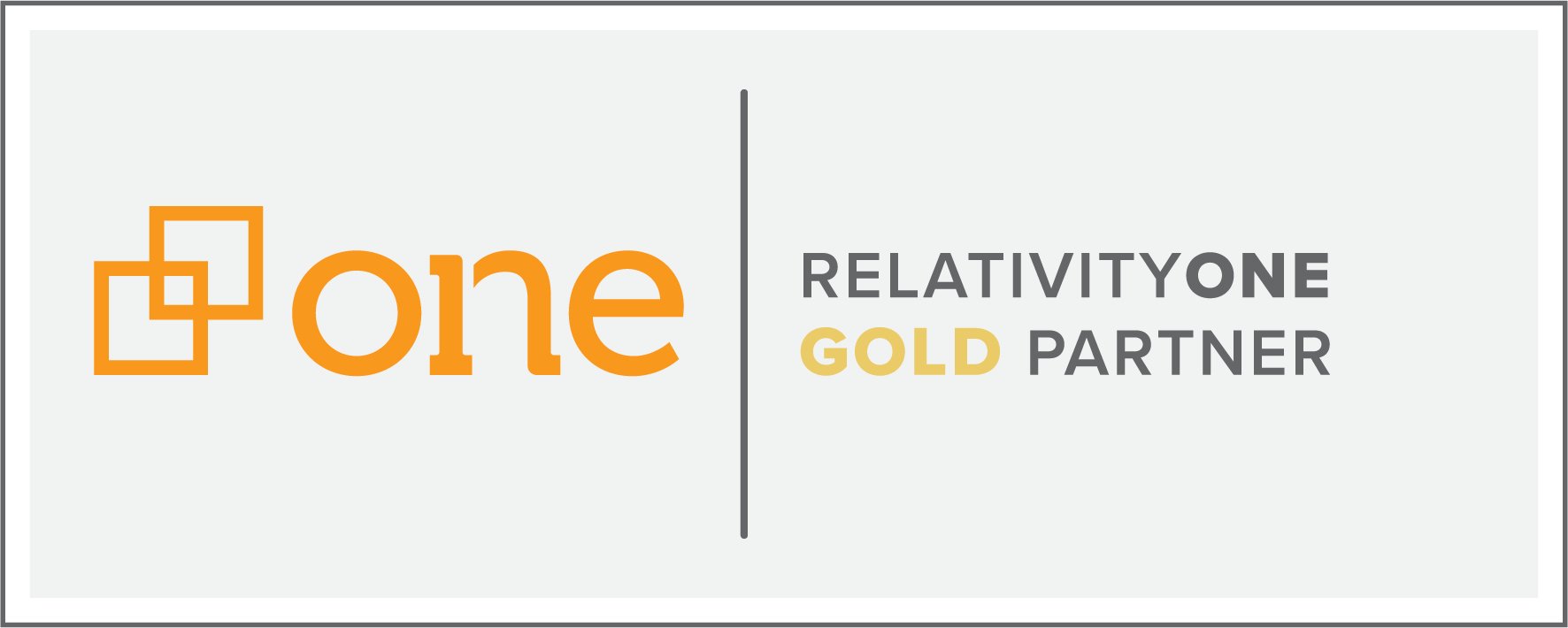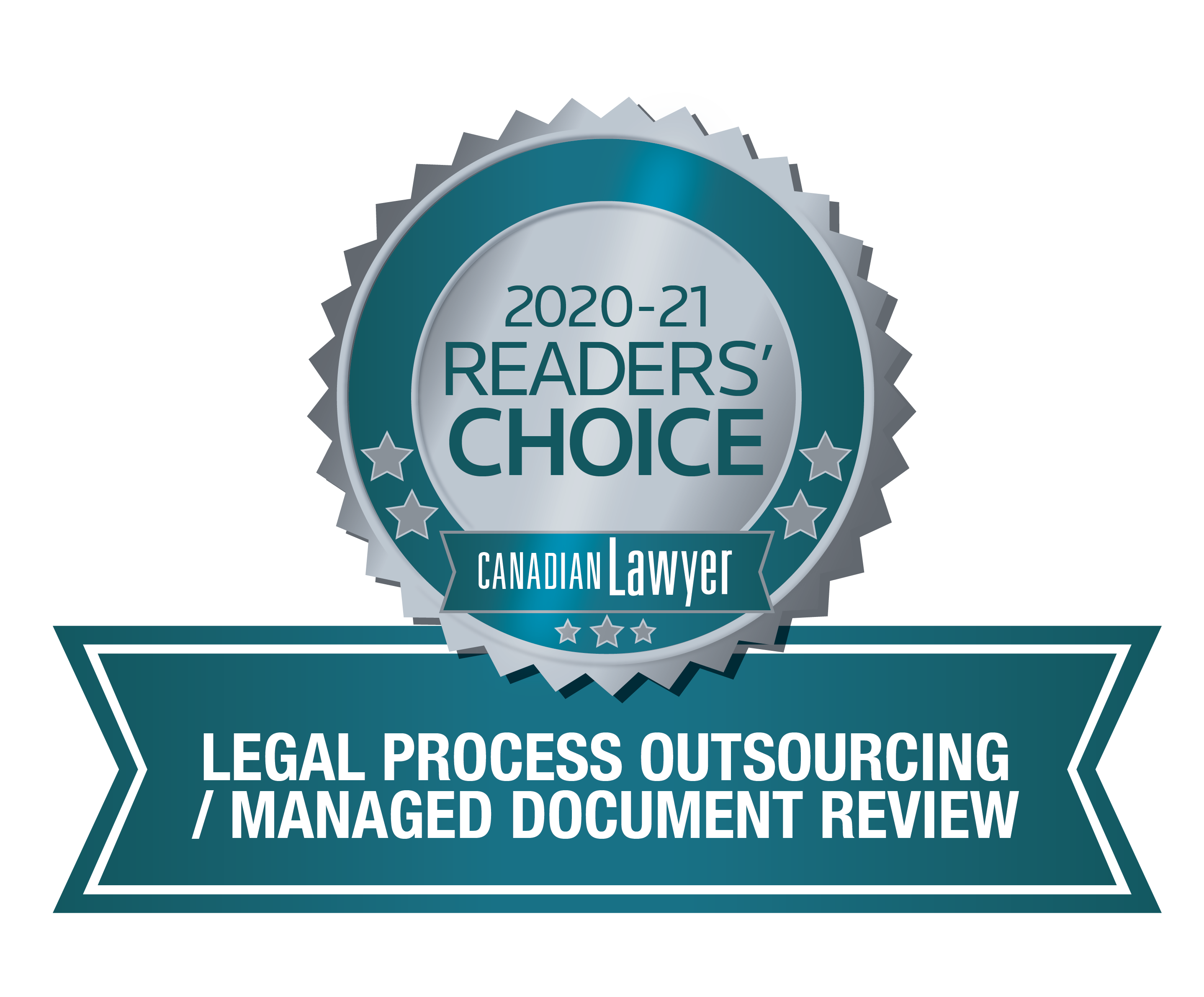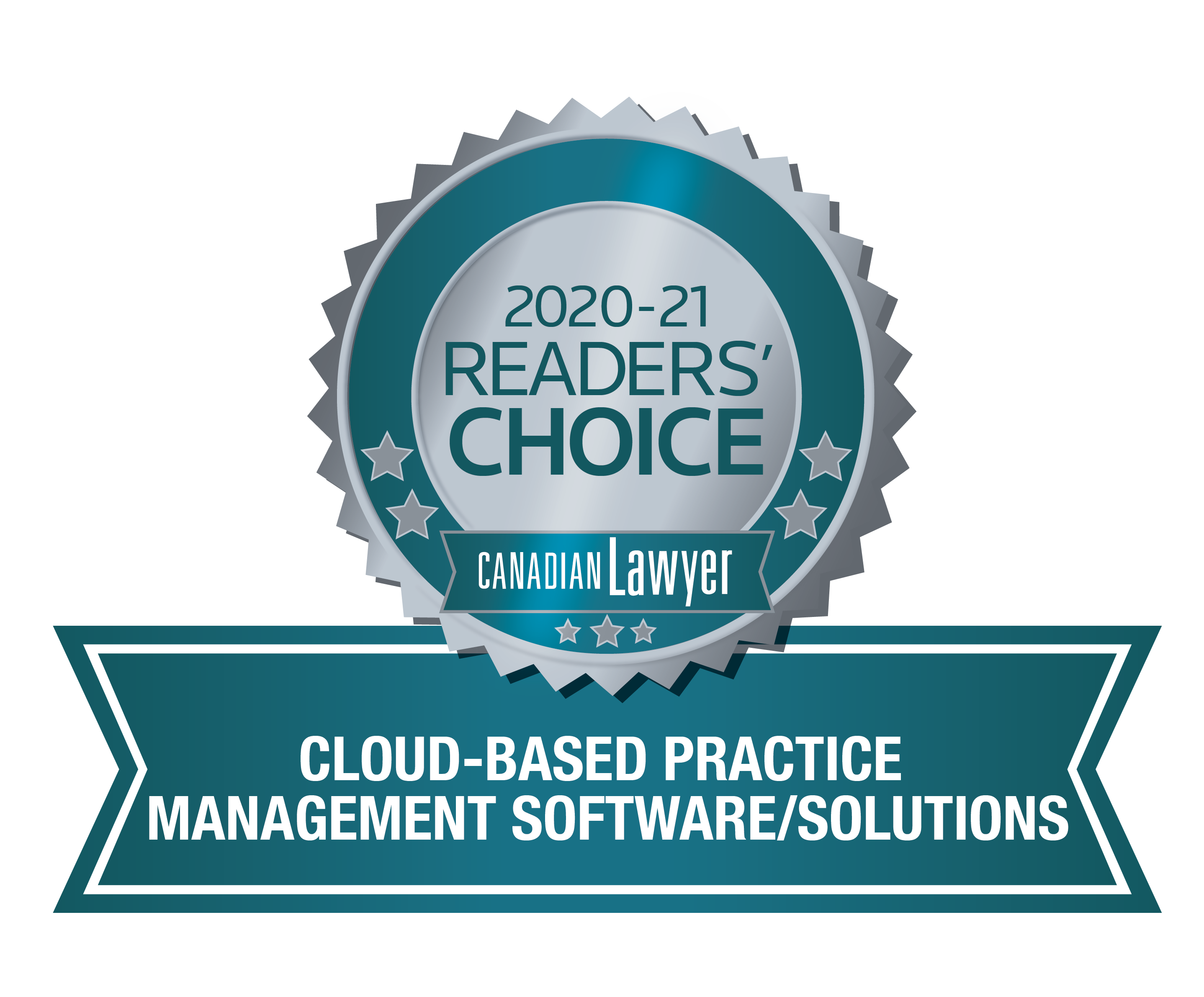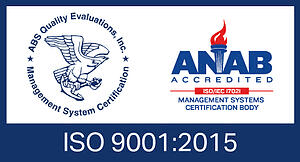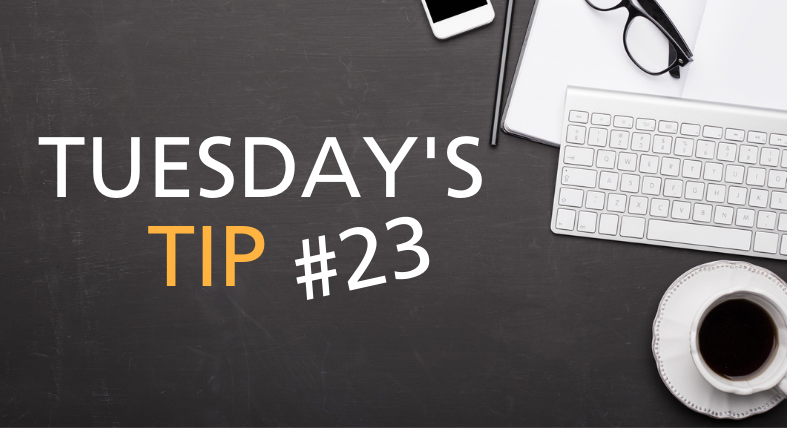
The thought of performing an entire collection of your (or your client’s) data can be overwhelming — and understandably so. When companies do not have an effective data strategy in place, you can find yourself sifting through years’ worth of information.
In our last Tuesday Tip, I shared three different methods of data collection: self-collection, assisted collection and full forensic collection. But, once you have chosen the best method to obtain the data, how can you defensibly narrow in on the information that is relevant to your area of concern? In today’s blog, I will explain what it means to perform a targeted collection and how, by using this focused approach, you can save time and money during your investigation.
What is a targeted collection?
Large-scale, forensic collections (otherwise known as “data grabs”) round up all the available information on an organization’s network or custodian’s device. While casting a wide net may be the solution to certain inquiries, in many cases it can be overkill. For example, if your matter is regarding a departed employee that may have taken proprietary information with them, you likely don’t need to collect data from the IT or HR teams. Instead, you would focus your efforts on that employee’s machines, where the employee had access and the information in question.
To avoid collecting everything, you can opt to perform a targeted collection — when you only collect specific data relevant to your matter — instead. This can be limited to reviewing the custodians involved in the situation, specific date ranges or particular machines/network locations. With the right internal resources, a targeted collection can work well in self-collection and assisted collection scenarios.
How much data should be captured during a targeted collection?
While the answer to this question depends on the overall scope of your collection, a good rule of thumb is to over collect versus under collect. Just because you are conducting a targeted approach, it does not mean you should discredit data that may play a role in your investigation. It is much easier to exclude portions of data you collected from processing should you not need it versus having to go back and collect additional data after the collection has been completed — which again, can result in unnecessary spending.
The EDRM workflow can act like a funnel: the more data that is collected, the more processing will be required. Each step usually has a cost associated which means the more data that is involved, the more expensive the review will likely be. This does not mean that you should try to cut corners or under collect data. Each case should be proportionate to the case. If you are unsure how much to collect, discuss these concerns with an expert and the key individuals involved to ensure the data is captured the best option the first time around.
How do you get started with a targeted collection?
It is essential to establish proper document collection protocols from the start. Always record what is being collected and its exact method of collection — especially when trying to collect a small, targeted set within a large range of locations and custodians. If things are missed or come into question, backtracking can become a daunting task. If you require additional support, consult with an expert to discuss your options for collection.
---
There are several different data sources you may to collect from depending on the circumstances of your project. What you collect and how you collect can vary depending on the data’s source. In our next Tuesday Tip, I will be sharing the different devices collections are commonly performed on. Receive a notification once it’s published by subscribing to our blog.
Looking for more information on how to target your next collection? Get in touch with us today. Our team of eDiscovery specialists are available to help you determine your best course of action and support the programs that can take your review from start to finish while saving you time, money and frustration.
You may also be interested in...
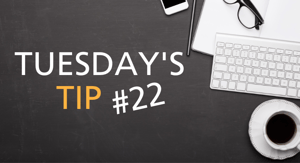 Self-Collection, Assisted Collection and Full Forensic Collection: What's the Difference?
Self-Collection, Assisted Collection and Full Forensic Collection: What's the Difference?
Which method is best for you? It depends on various factors including the number of data sources, custodians and parties that are involved, as well as the internal resources you may have available.
 Legal Hold 101: What you need to know about preserving your records
Legal Hold 101: What you need to know about preserving your records
We asked our Tuesday Tips Team about the basics of legal holds: what they are, how they affect the way organizations manage their records and what tools can be used to help.





